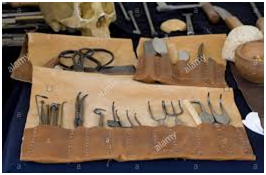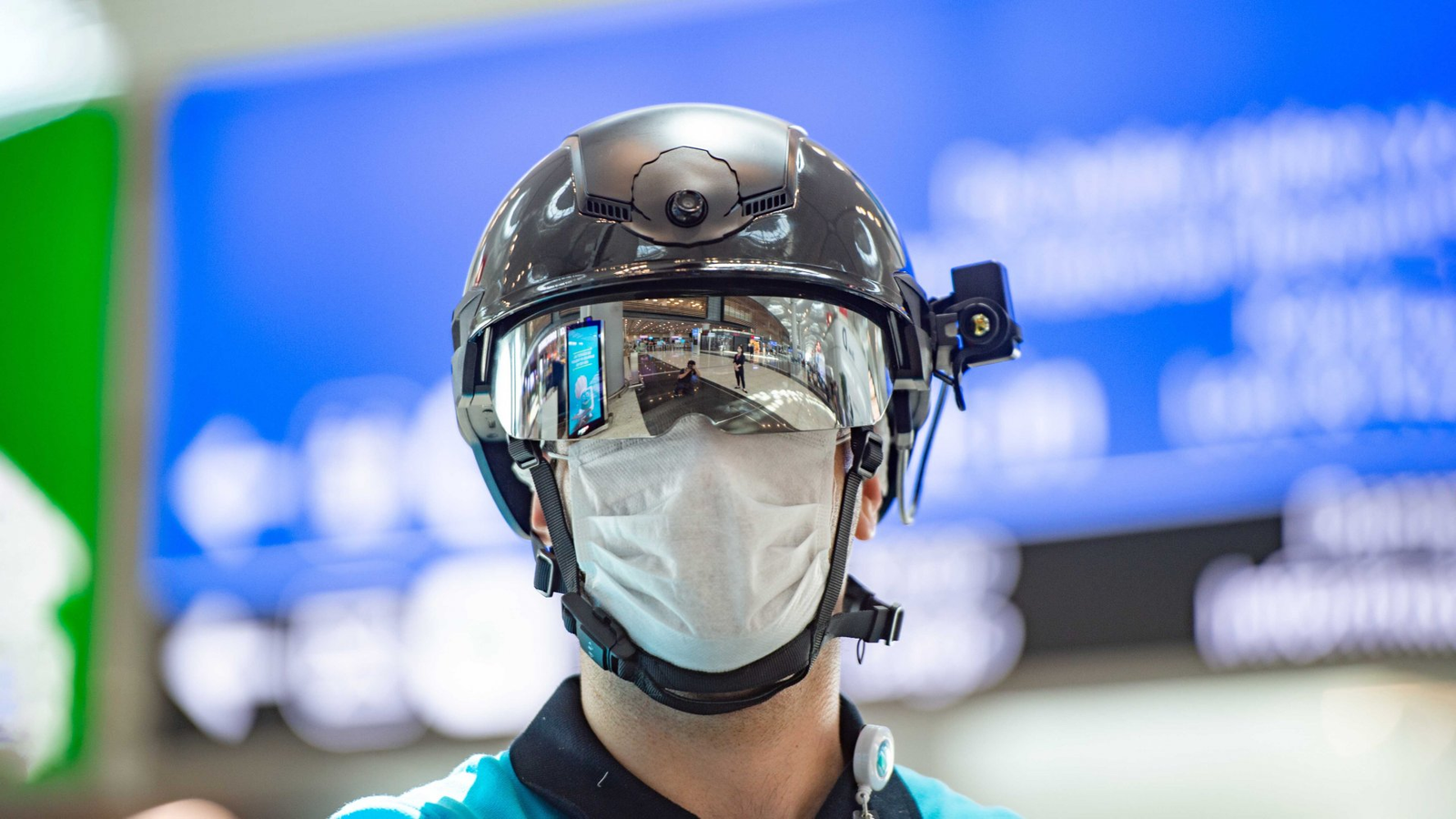One unpleasant condition to find yourself dealing with is that of Gonorrhoea. You can catch it by having sex and it is one of the many things that you should take into account before you embark on a sexual relationship with anyone. The good news is that is preventable by abstaining or using Condoms correctly and we now have a cure in the shape of Penicillin. It’s a good idea to get Home StI kits from companies such as bexley sexual health to check your sexual health if you are worried you may have been exposed to a virus and they are freely available. Before Penicillin what did we do to treat this disease?

Gonorrhea, also known as the Clap since the sixteen hundreds (a reference to the red light district of medieval Paris, Les Clapiers or “the Rabbit holes” in English, where prostitutes would work), is a bacterial infection. It is transmitted via sex with an infected person. It is not a very nice thing to have to make it hurt when you go for a wee, cause pain in the groin for men and the pelvis for women. It’s the most unpleasant effect is that it can be passed on to the child in the womb causing blindness. Even worse if nothing is done about it can affect your joints as they become inflamed it can affect your heart.

Before penicillin, your options were very limited if you’d caught it. The medieval answer to everything like this seems to be the injection of mercury and there is plenty of evidence to support it. From archaeological evidence of doctors and medical bags, there is often a syringe and a bottle of mercury in there somewhere. By the relatively enlightened times of the nineteenth century, there was a much better understanding of the problem. The symptoms were all easy to spot and the treatments varied as did the results. Mercury was still popular just as it was for the other common condition of syphilis. The other was an injection of silver which is known to have many excellent properties in the treatment process.
Other treatments might have relieved symptoms but they also created more problems in the process. For example, the poisonous Belladonna was prescribed along with the chemical phosphorus. The use of aconite, which we now know makes an excellent blood coagulant and pain killer when refined, in its raw form was also used. It was quite likely that these “cures” were just as bad as the illness itself.
The work of Paul Ehrlich and his quest for the magic bullet and the discovery of Penicillin luckily made all this redundant.









